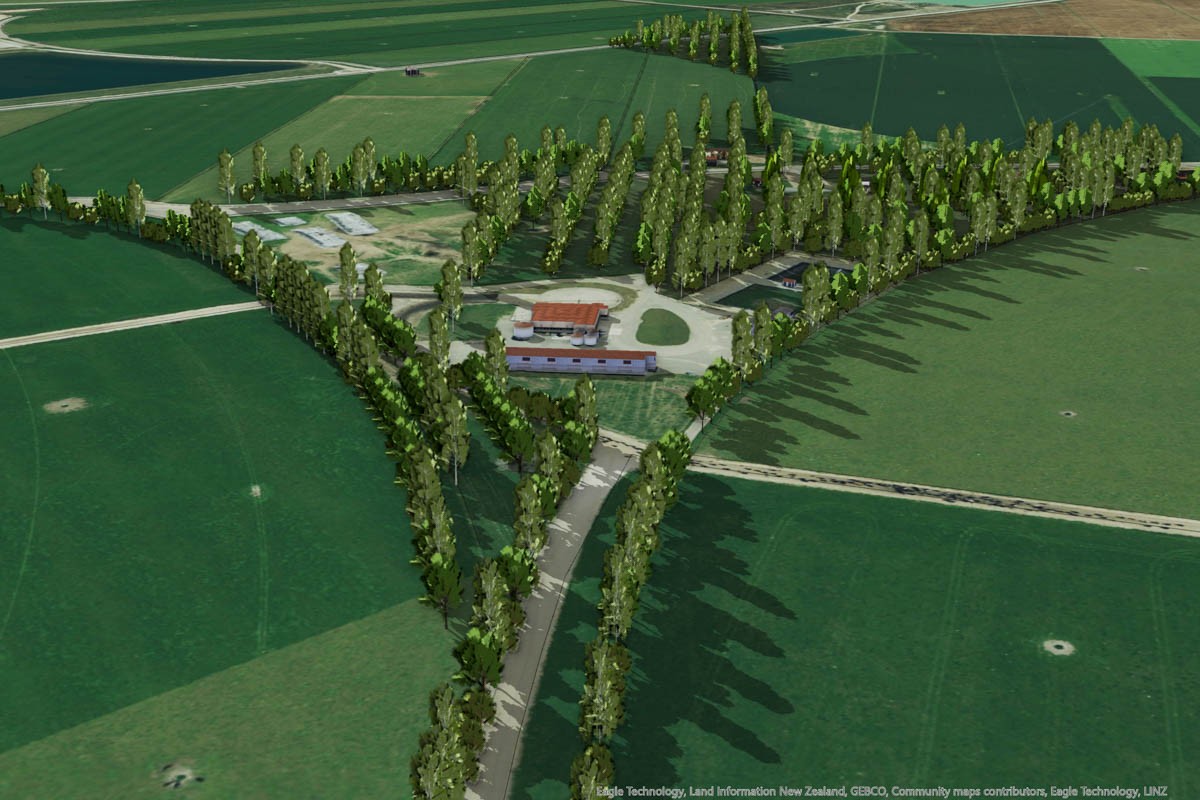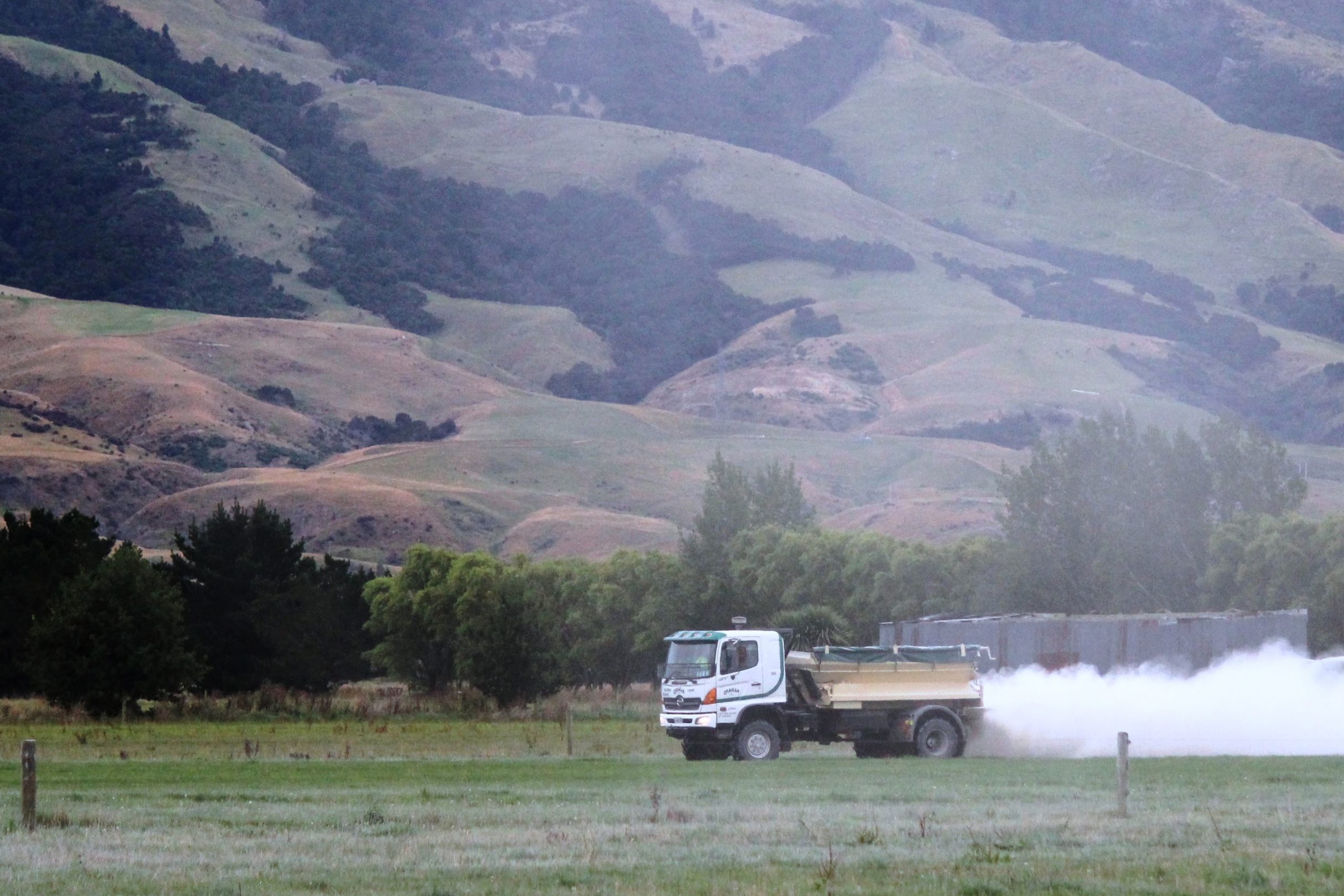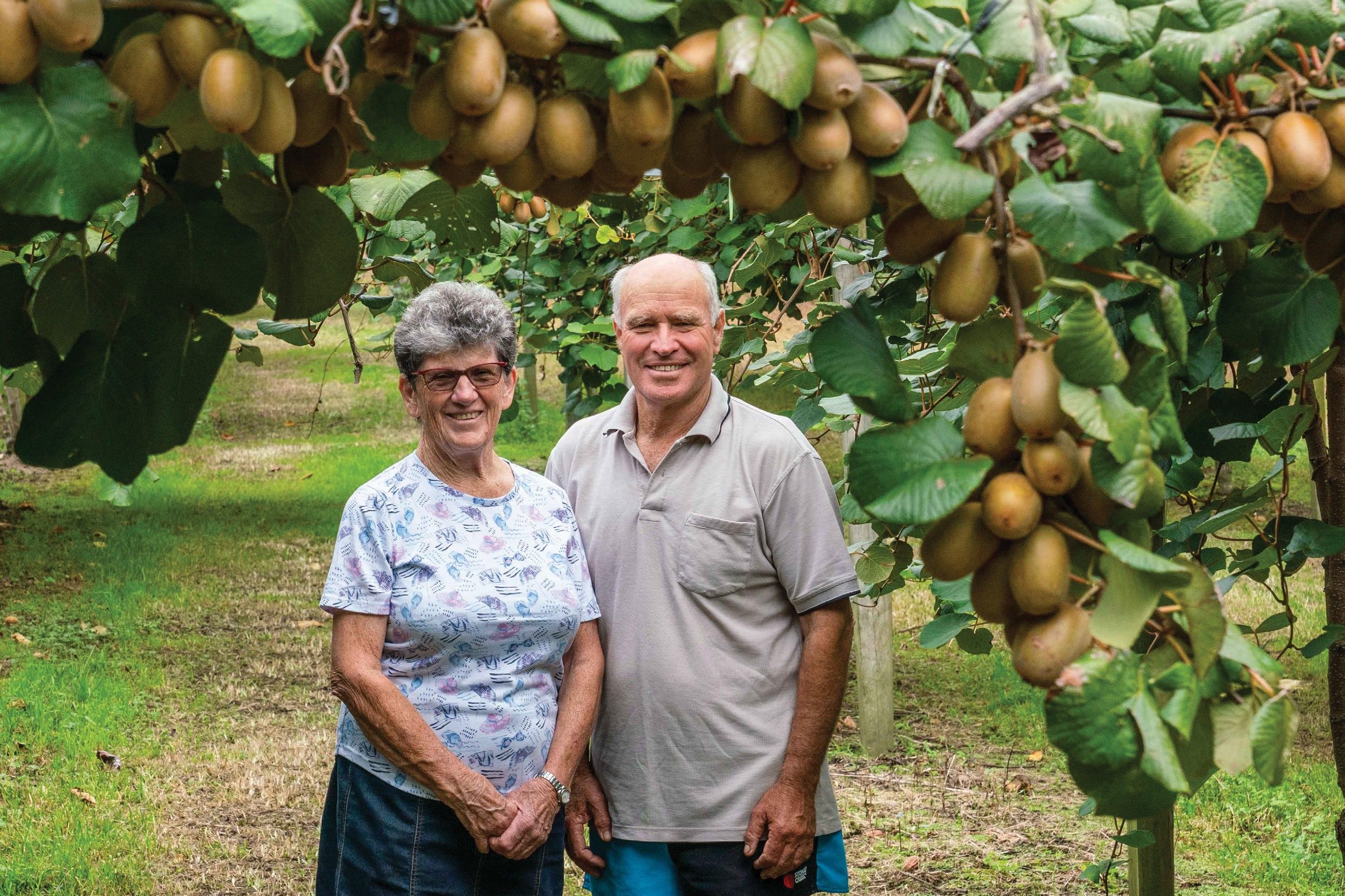Diversification into growing bananas for the Auckland market looks promising for a Northland dairy farming couple. Chris Neill has the story.
For Ross and Karen Potter the transition in 2008 to dairying near Whangarei, after some 20 years with the forestry industry in Kaitaia, was motivated by a combination of personal and family objectives. After seven years of 50:50 sharemilking they purchased a property adjoining their leased dairy farm to milk 400 cows on clay hills close to the city. This gave Karen good options for off-farm work and Ross was in his element with his cows.
The Potters wanted diversification in their business and their current journey started over a beer and wine with friends. Karen was looking for an enterprise she could participate in that didn’t include cows. Ross loves his cows but wanted to find another revenue stream alongside dairy that would free him up from working seven days a week and also be something he could stay actively involved in later in life. The conversation led them to investigate growing bananas and identifying their vision of “locally grown for kiwis” with no spray, no gas and no international freight costs. From this emerged their business: “Sunrise Bananas NZ”.
Their research revealed a selection of banana varieties that thrive in Northland. Hugh Rose, who chairs Tropical Fruit Growers NZ, lives locally and provided early insights. Several varieties – Lady Finger, particularly Misi Luki, and Dwarf Cavendish – are the main ones growing successfully on a range of Northland soil types. While different in shape, texture and taste from the commonly imported varieties, demand for the locally grown fruit is increasing along with the supply. Sales are typically at local farmers markets, with Whangarei being supplied by small local growers. Ross and Karen don’t want to compromise the livelihood of these producers and so are focusing on supplying Auckland markets and building an online marketplace.
The Northland planting season for bananas is October to March. The first planting for Ross and Karen was a scramble as their research and planning took them to the end of the season in March 2018.
They feared disaster when the first 500 plants were slow to get started but they came to life in spring, and that encouraged the planting of a further 700 in October, then another 800 stems in 2019.
With 2000 stems in the ground planted at 1000 stems/ha, the Potters plan to expand the plantation to 4000 stems. The need for shelter is being addressed with a pine plantation and temporary windbreak until the shelter belts grow. The initial stems were purchased at $10-$15 each but now the plantation is producing sufficient “pups” to supply their expansion and have some plants available for sale.
The bananas are grown in clusters of three stems – mother, daughter, and granddaughter. When the fruit are harvested from the mother, the plant will die so it is removed to allow a generational shift and one of the many pups that grow around the cluster is encouraged to grow on. Surplus pups are removed to ensure the three stems in each cluster have sufficient water and nutrients to thrive. A stem needs to produce 42 leaves before it will flower, which takes around 18 months. Then from flowering to fruit harvest is approximately six months. Flowering can occur at any time, which means a continuous supply of fruit to maintain markets, although growth in winter is slower. Fruit yield will be 6-10kg per bunch as the cluster is establishing; then it’s expected to increase to 15-20kg bunches at cluster maturity. When bunches are harvested the cut stems are hung in a packing shed to ripen, with the rate of ripening managed with temperature control.
Bananas are gross feeders and need water in the dry but don’t like wet feet. The availability of land, water and nutrients becomes an interesting combination with a dairy farm. Ross is managing a three-pond effluent system for the cowshed and able to draw from the third pond to feed and irrigate the plantation. While this is currently done with a trailer tank he is contemplating connecting to the irrigation system for more consistent feeding and watering, delivering around 50 litres per cluster per week. Feeding is currently supplemented with “Banana Mix”, and the potential of applying effluent solids has yet to be checked out.
In choosing their diversification, Ross and Karen were also looking for complementarity with their dairy business. They are finding it in a feed source for the plants and also with labour because peak demand in the dairy business at calving is when the bananas are at their slowest, and the different activity provides relief from routine. In addition to the activity being personally interesting, the other critical factor is profitability.
To date, the cash investment on top of the land, machinery and water resources they have in their dairy business includes initial purchase of stems ($15,000), irrigation system with a solar pump ($13,000), and temporary shelter ($4000). Still to come is the cost for a packhouse. Operating costs are primarily time plus machinery operating and weed spray. At this stage they are not accounting for their time in setup or operating. There has been no financial return in the first 18 months. The first year of yield is expected to return 6-10kg of quality fruit per cluster at a price of $5/kg from 1000 stems per ha. Production and markets are expected to increase with maturity. The production, income and expenditure numbers are indicative, and the risks are identified as weather events, harvest management, fruit ripening and marketing. Alongside this, as every gardener living on a farm knows, is the peril of livestock invading the site.
Ross and Karen have done their research and taken the plunge. With all new ventures there is a huge amount of learning and management of risks. At this point it looks positive as a form of diversification from dairy farming that will contribute to their business profitability, environmental sustainability, and enjoyment of life.





